Irvingia wombulu (ogbono) seedling
₦2,500.00
40 people are viewing this product right now
🔥 4 items sold in last 3 hours
Irvingia wombulu (ogbono) seedling
A big tree with a dense evergreen crown and substantial buttresses emerges from the Irvingia wombulu (ogbono) seedling. Simple leaves have an upper surface that is shiny and uneven. It produces tiny clusters of bisexual blooms that range in color from yellow to pale green.
-
Transform your garden into an oasis of exotic beauty with the Irvingia Wombulu seedling.
-
Indulge in the culinary treasures of West Africa by growing your own bush mango tree.
-
Nourish your body with the natural goodness of Irvingia Wombulu, a nutritional powerhouse.
-
Embrace the cultural heritage of West Africa by cultivating this revered tree.
-
Experience the joy of harvesting and savoring the fruits of your labor with the Irvingia Wombulu seedling.
Purchase right now!
Buy more save more!
Buy from 5 to ∞ items and get 5% OFF
on each productIrvingia wombulu (ogbono) seedling
African-born Irvingia wombulu (ogbono) trees are created from a seedling. Ogbono is also known by the names bush mango, wild mango, and odika.
This plant’s versatility means that its fruits, nuts, seeds, and bark can all be utilized in cooking, manufacturing, cosmetics, and medicine.
Characteristics of Ogbono
The Irvingia wombulu (ogbono) seedling grows into a sizable tree with substantial buttresses and a dense evergreen crown.
Simple leaves have an upper surface that is shiny and uneven.
The little clusters of bisexual blooms range in color from yellow to pale greenish.
A three-year-old Irvingia wombulu (ogbono) seedling becomes mature and bears fruit
When fully grown, its fruit is a sizable drupe with edible flesh that is densely fibrous.
Their tasty yellow fruit makes them stand out.
In most cases, the seed kernels are roasted like coffee beans, mashed, and then poured into a mold before being added to boiling meat and vegetables.
Additionally, the seeds are pulverized to form flour and used to tamper with chocolate. To make soap and candles, the seeds’ fat is removed.
Some Irvingia wombulu (ogbono) benefits
Edible Objectives: Fresh fruit from Irvingia gabonensis can be consumed. …
Weight management, anti-diabetic properties, and so forth.
Properties that are antibacterial and antifungal.
Constipation Prevention. Dye Production.
Helps with Digestion.
Astringent Objectives.
FAQs about Irvingia Wombulu (Ogbono) Seedling
What is Irvingia Wombulu (Ogbono)?
Irvingia Wombulu, also known as bush mango, wild mango, or odika, is a versatile African tree grown from a seedling. Its fruits, nuts, seeds, and bark are used in cooking, manufacturing, cosmetics, and medicine.
What are the characteristics of an Ogbono seedling?
- Grows into a large tree with a dense evergreen crown and significant buttresses.
- Has simple leaves with a glossy, uneven upper surface.
- Produces small clusters of yellow to pale greenish bisexual flowers.
When does an Ogbono seedling mature and bear fruit?
Ogbono seedlings typically mature and bear fruit around 3 years old.
What does the Ogbono fruit look like?
The mature fruit is a large drupe with thick, fibrous edible flesh and a bright yellow color.
How are Ogbono seeds used?
- Roasted and ground like coffee beans, then added to soups and stews.
- Ground into flour and used as a chocolate substitute.
- Fat extracted from the seeds is used for soap and candle making.
What are some benefits of Ogbono?
- Edible: Ogbono fruit can be eaten fresh.
- Weight Management: Ogbono may have weight management properties.
- Anti-diabetic: Ogbono may possess anti-diabetic properties.
- Antibacterial & Antifungal: Ogbono may have antibacterial and antifungal properties.
- Digestive Aid: Ogbono may aid digestion.
- Other Benefits: Ogbono may also help prevent constipation, be used in dye production, and have astringent properties.
Only logged in customers who have purchased this product may leave a review.
Related products
₦2,700.00
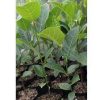
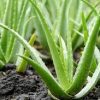
₦750.00

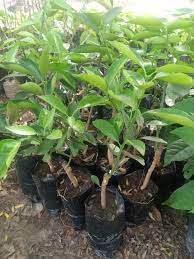

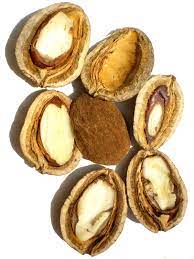

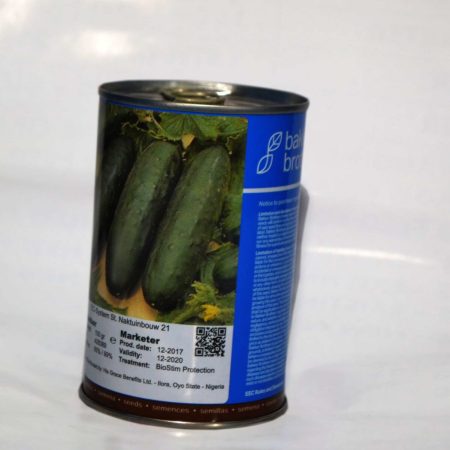
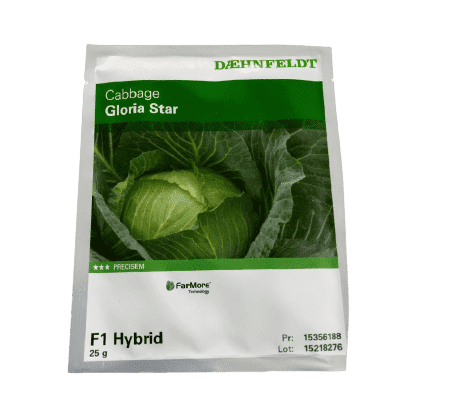
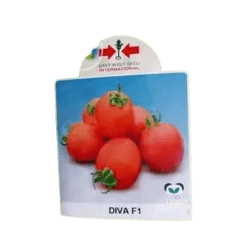

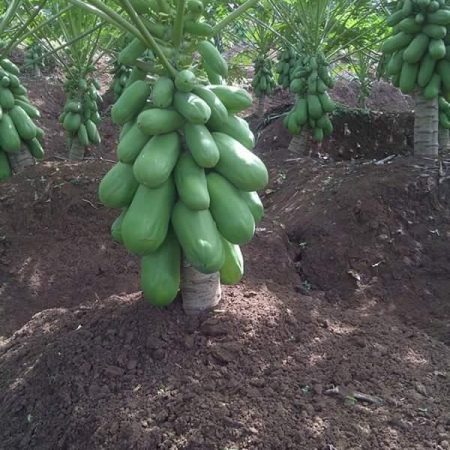
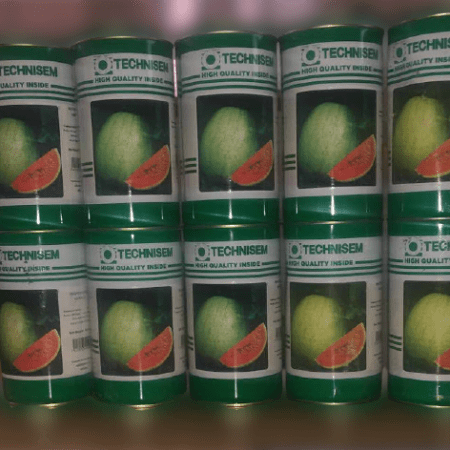
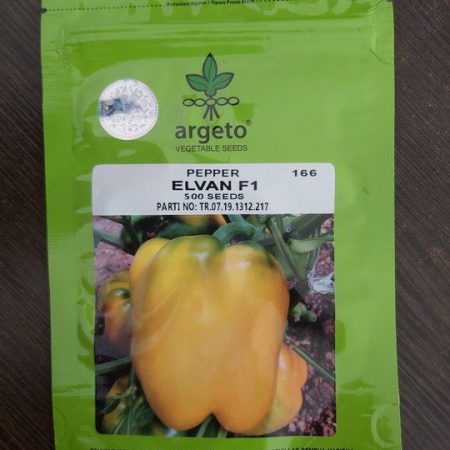
Reviews
There are no reviews yet.